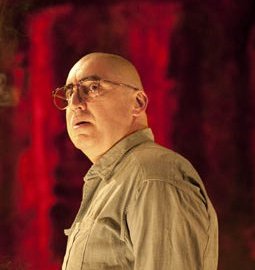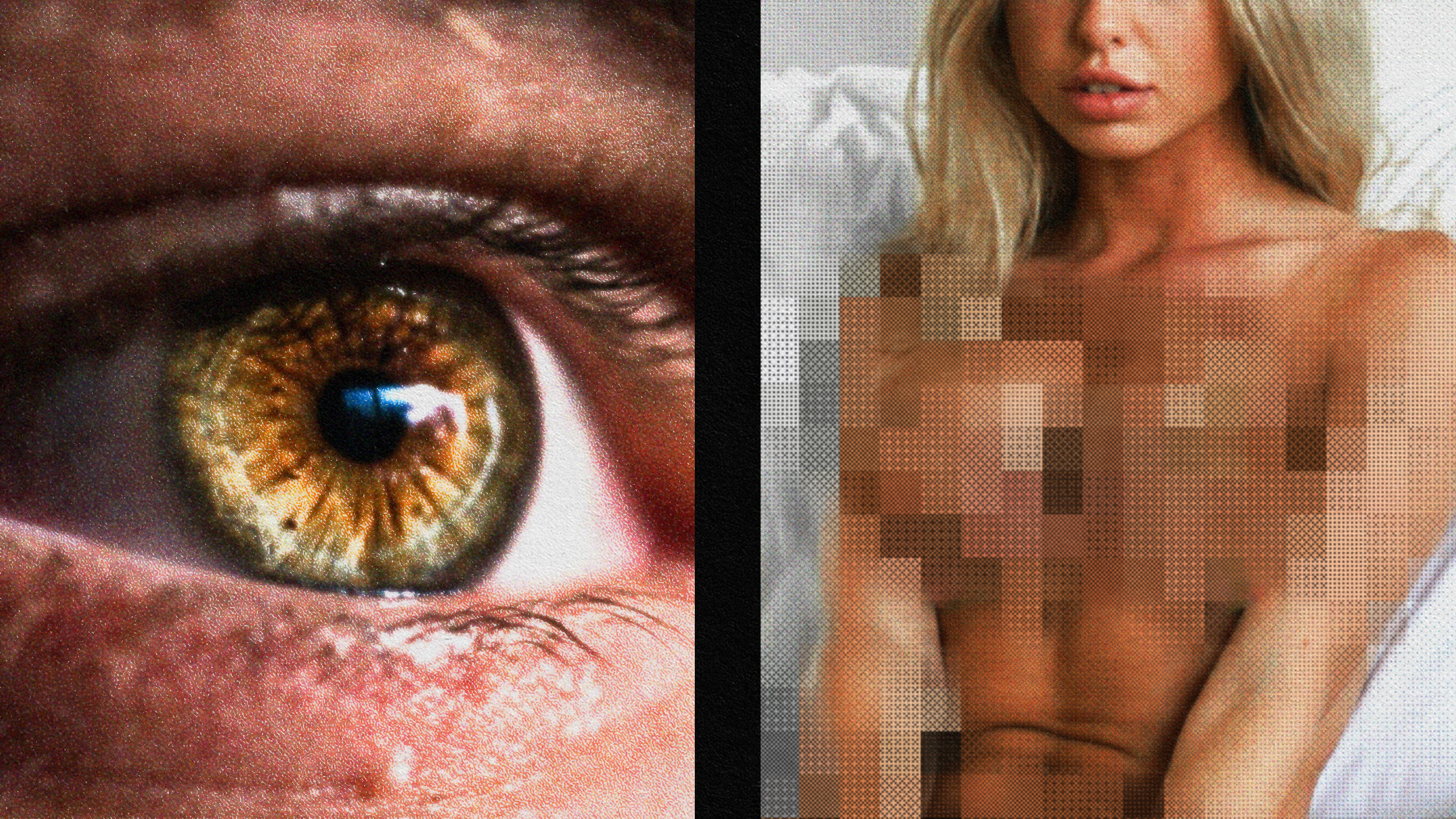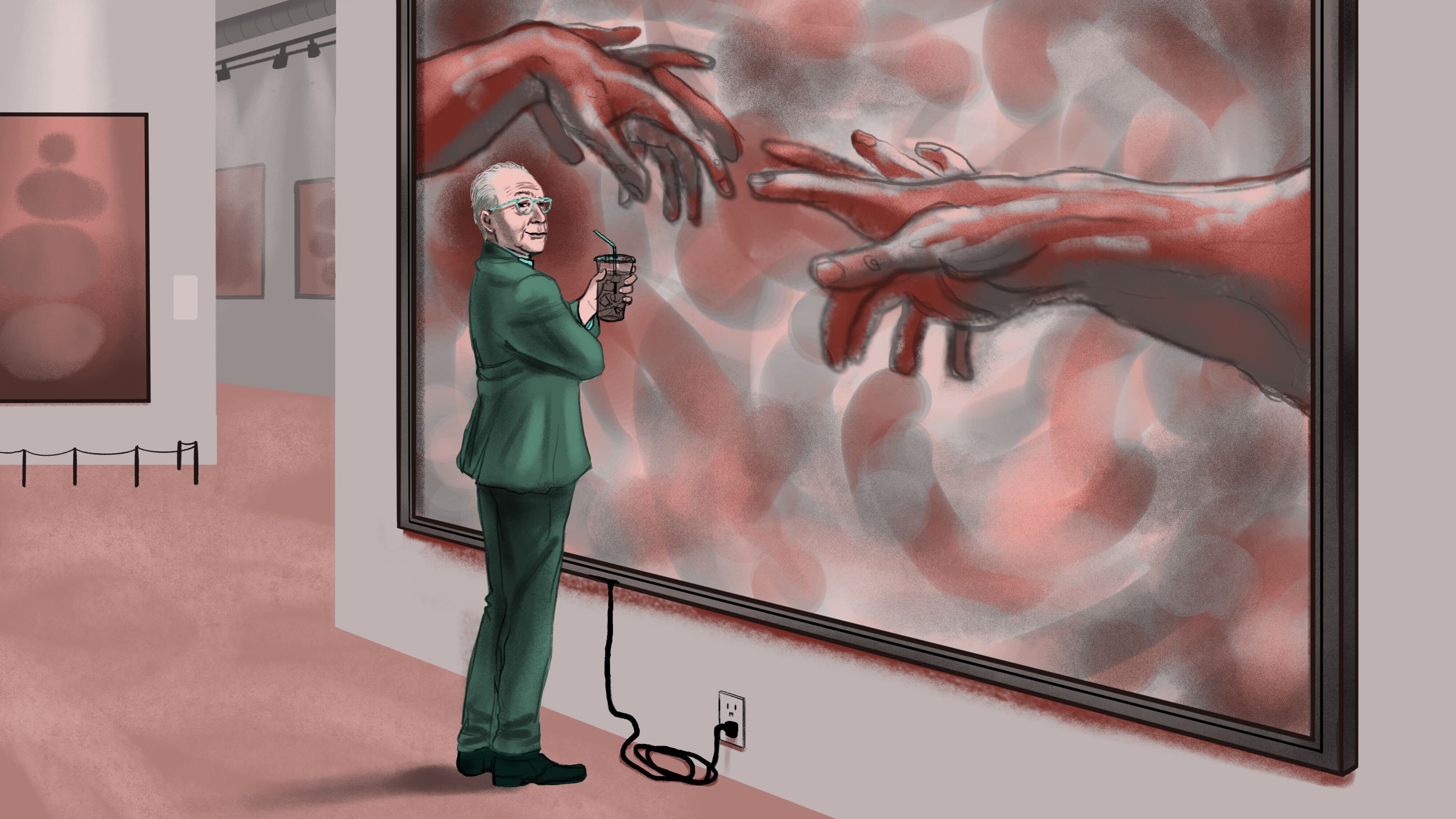Seeing Red: Alfred Molina as Mark Rothko

“What do you see?” asks Alfred Molina as Abstract Expressionist painter Mark Rothko in John Logan’s two-character bio-drama, Red, which just began a run on Broadway after a successful tour in London. Ken, Rothko’s assistant played by Eddie Redmayne, stands in for all of us as we try to see the same things in Rothko’s paintings that Rothko, the eternal philosopher of cosmic angst, himself sees in them. In this new play, we see Rothko from a distance that makes his paintings stand apart once again from the circumstances of Rothko’s tragic end.
Set in the late 1950s, Red follows Rothko’s life during the period in which he accepted a commission to create a series of new canvases for the new Four Seasons Restaurant in the new Seagram Building on Park Avenue. New, new, new. Red recreates an era when American art and culture, led by brawny and brash Abstract Expressionism, elbowed the rest of the world out of the way and announced a new leader of the artistic pack, whether Europe liked it or not. Rothko’s canvases, now known collectively as the Seagram Murals, were going to be the next big thing—a public commission to place Rothko and his peers on par with the great artists of the Renaissance as standard bearers of an age.
And, yet, it all came tumbling down. Molina revives the memory of Rothko by standing in front of his paintings fretting over them like overprotected children finally loosed upon a cruel world. Rothko never could bring himself to imagine the Seagram Murals loosed upon a cruel dining room, depriving himself and the era of a signature moment. Between Rothko and Jackson Pollock, the Abstract Expressionist school lingers on like an unsigned check—all promise and no final payoff. Molina’s portrayal emphasizes this Hamlet-esque quality over the particulars of biography, painting in broad strokes who the man was without obscuring things in fine detail. “I think [Rothko] felt very torn between a desire to have his paintings seen and recognized, and at the same time a terrible fear even in the act of doing that, there was something to be lost in the integrity of the work,” Molina explains in a recent PBS interview. “He was a complicated guy, and I think the play goes a long way in trying explain what that complexity cost him and how it manifested itself.”
What sets Red apart from the run-of-the-mill, Lust for Life-like artist invocations is the realism of the struggle on the stage. “The audience sees us stretching canvases, the stretchers, building the canvas, priming a canvas, mixing the paint,” Molina explains in the same interview. “I think the experience for an audience in our play is a much more tangible one, because they can see exactly what physical work is involved in the actually making.” Rothko remains the Van Gogh of modern American art—the tortured soul who couldn’t survive the visions in his head as he realized them in paint.
It’s interesting that Red began its run in London, where the Seagram Murals now reside at the Tate Modern. The murals, which Rothko gave to the museum as a gift, arrived on the morning of February 25, 1970—the same morning that Rothko’s dead body was found in his studio. The artist had sliced open his veins to paint one last crimson mural. In many ways, the Seagram Murals show Rothko’s soul sliced open—a fact that Rothko couldn’t hide and couldn’t envision hanging on a restaurant wall. Red reminds us of the greatness of Rothko while also recalling the great cost he paid. To see Red is to see the red of Rothko perhaps for the first time—raw, bloody, and beautifully human.





